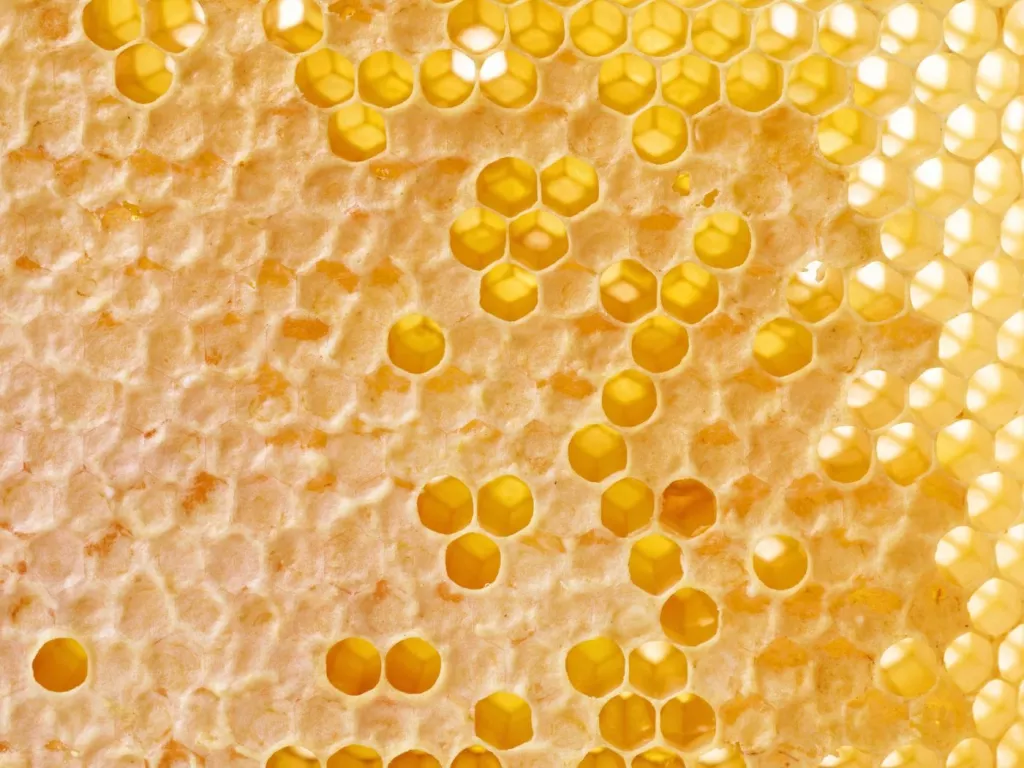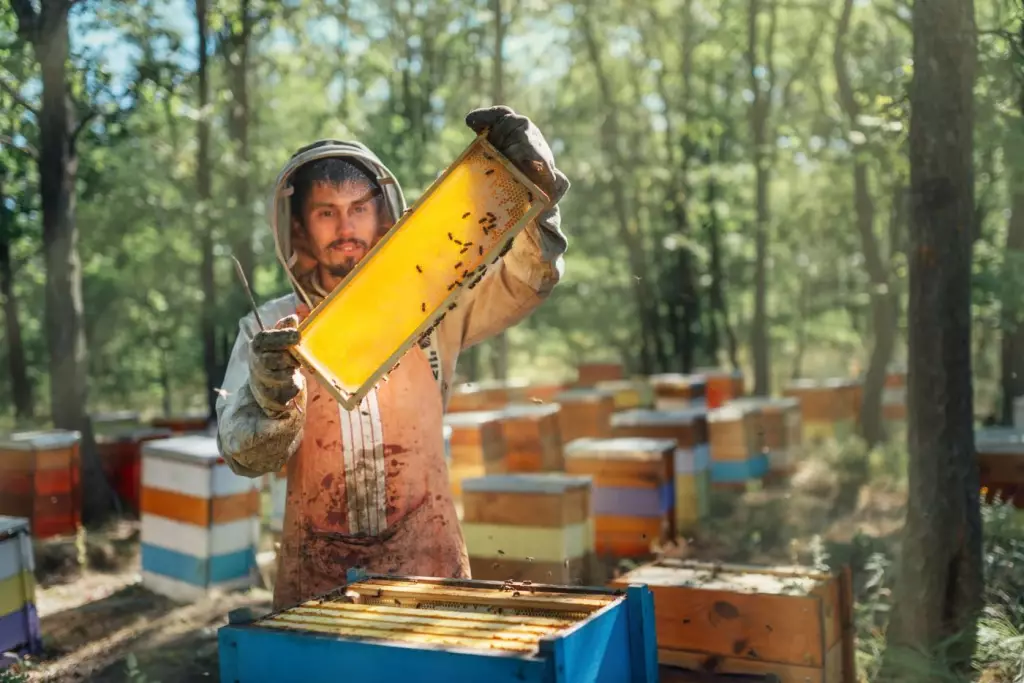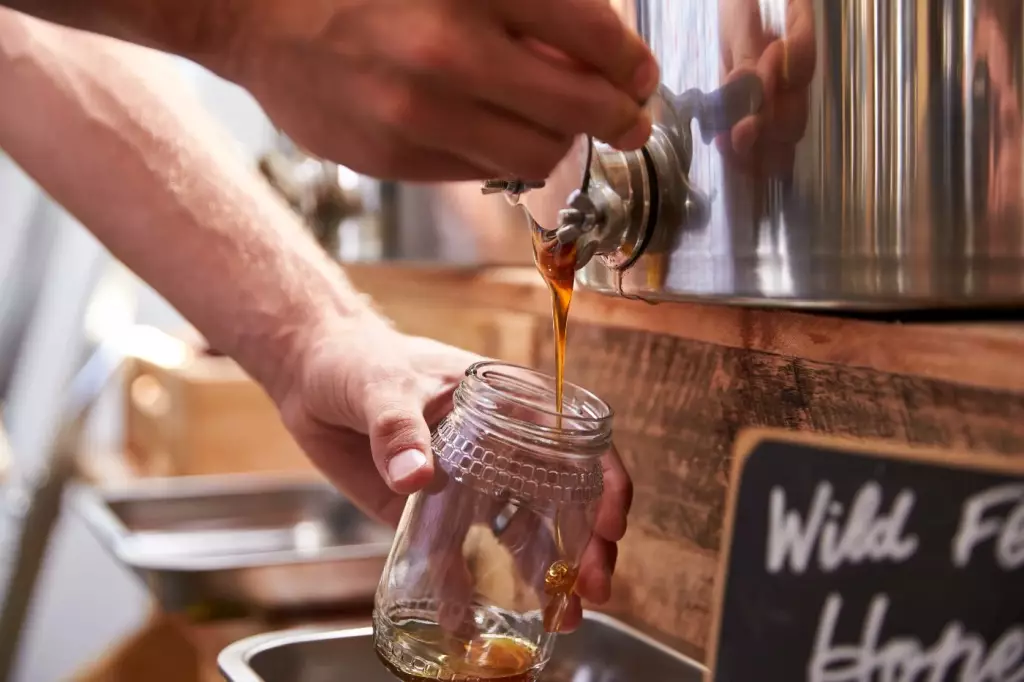When to Harvest Honey? (What Month and Time of Day)
The harvest of honey is like a culmination of the honey bees’ hard work during spring through early fall. It is a significant time for beekeepers, and so is the timing to do it. So, when is the perfect time to harvest honey?
The most convenient time to collect honey is between 11:00 a.m. and 3:00 p.m. because this is when honey bees are out collecting nectar from flowers. If you want to collect as much honey as possible, do it from late July to mid-September, when the most significant honey flow occurs.
Now, what happens if you collect in other months? Will you still be able to harvest honey? Learn more about these as we discuss them further in this article.
Summary
- The best months to harvest honey are late July, August, and mid-September.
- There is no generally agreed upon optimal time to harvest honey, but for convenience, you may do so between 11:00 AM and 3:00 PM since bees are out collecting nectar at these hours.
- There are no severe effects if you harvest too early, but if you do it too late, the honey will cool and thicken, making it challenging to collect

On this page:
Best Time to Harvest Honey
The best months to harvest honey are late July, August, and mid-September. It will not only result in the entire frame but will also guarantee that you will retain the honey due to the weather in the upcoming months. However, there is generally no agreed-upon optimal time for collecting honey. Personal preference will mostly determine this choice.
If you are having trouble deciding when to harvest, pick between 11 AM and 1 PM and 3 PM when a lot of your bees will be out collecting nectar. It will make your job easier.
By harvesting at midday, you also take advantage of the warmest time of the day. Doing this will prevent freezing or otherwise upsetting the bees in the hive during harvest. While it has advantages, it is not a rigid requirement to pick honey in the middle of the day. In general, the optimum time to gather honey is whenever it is most convenient for you.
Furthermore, make sure it's not too cold outside. It makes taking the honeycomb out of the hive and taking the honey out of the honeycomb more challenging. For your personal comfort, try to avoid collecting honey when it's raining. Try harvesting in the late afternoon if you cannot go during midday, when bees are most active and winding down from a hard day's labor. At this time of day, they tend to be calmer and easier to manage.

Consider the Season and Age of Your Beehives
When organizing a honey harvest, remember to account for the season and the age of your hives. You should begin harvesting honey when your hive is full of capped honey. A minimum of 80% of the capped honeycomb cells should be present on each of the hive's frames, so make sure of that. There is no sign of honey within the capped cell; it seems to be encased in white wax.
A honeycomb cell is said to be "capped" when the bee has shut it off, and it is prepared for consumption. If you try to harvest and store honey that is not sealed, it may ferment because it contains too much water. Do not gather your honey until after the final significant "nectar flow" of the growing season.
When a flower that bees use as a source of nectar is in bloom, there is a nectar flow. Bees leave the hive fast when a nectar flow is there, and there is a lot of activity in the area all around the hive during the day.
What Happens If You Harvest Too Early or Too Late
Honey may only be harvested during certain times of the year. Everyone experiences it differently because regional factors are so important.
As beekeepers, be careful not to wait too long before harvesting honey. If you wait until early or mid-fall to open your hives, your honey will cool and thicken, making it much more difficult to remove. Additionally, harvesting too late puts the colony at risk of encountering cold or freezing temperatures and the possibility of taking too much and not leaving enough for the winter.
If you use chemicals for treatment, it coincides with that season. Chemicals and honey don't go well together.
On the other hand, you will only be able to take advantage of part of the amount of honey available in a given year if you harvest early enough. But between the two, the safer choice is to harvest sooner than you should if you are caught making a difficult decision.
More Tips for Harvesting Honey
For the new beekeepers, I know you could be excited about harvesting the first batch of honey, but be careful to take honey from your new hives early enough. A fresh hive needs four to six months to generate enough honey to harvest.
According to many seasoned beekeepers, a new hive should wait to be harvested for honey until it has successfully survived one winter. Prior to consuming honey for yourself, concentrate on the well-being of your bees and the survival of your hive.

When harvesting honey, only take it from a clean comb that mice, wax moths, etc., haven't contaminated or been in a brood chamber. To have an early variety, harvest the first crop as soon as it develops a cap. Also note that early batches of honey are lighter and softer, while later types are darker and often stronger in taste. With this, give them names and labels to make organization easier.
It is also essential to know your bees. Get to know your beehives and their requirements. Never take more honey than you need or more than what's available. To bring the bees through the winter, it is generally recommended to leave 40 to 60 lbs of honey in the hive—more in colder locations with longer winters and less in warmer places with shorter winters.
Paying attention to the indicators to determine when to gather honey is essential. At the very least, beekeepers need to be alert and proactive. Therefore, you can't go wrong if you put your bees' needs first and foremost.

